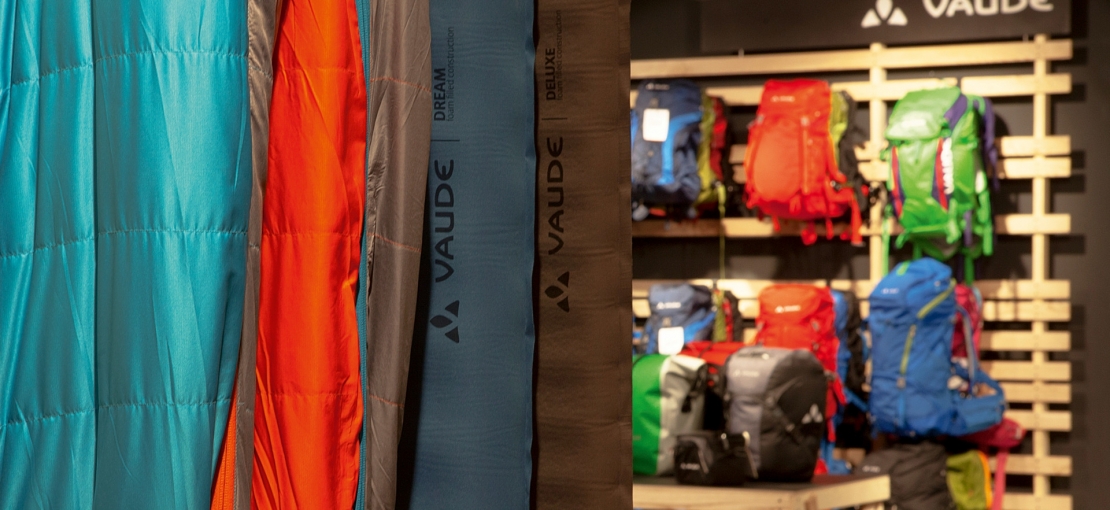
Better without harmful substances
Risk analysis begins with material selection
Each season, we assess the risk of harmful substances for all new products and transitory articles.
First we assign the item to a related risk class:
In the next step, we implement a material-based risk analysis:
| GRI: | PR1 |
Systematic analysis of harmful substances
Our assessment method for harmful substance management is shown in a flowchart which follows each product. In this risk analysis, we find out which tests are necessary to detect any existing harmful substances.
- assessment method for harmful substance management (German,PDF-Download)
Our assessment system is divided into an assessment of the article’s area of use, a review of the materials used and an assessment of the overall product.
If, for example, we manufacture a kids’ bike shirt made from synthetic fibers with a large print, then the T-shirt falls in risk class A (child). The material, a synthetic fiber, creates a higher risk of harmful substances than that of cotton. The large print may also contain plasticizers, thereby increasing the risk. But if we use bluesign® materials for the shirt, the risk is very low because these materials have already been rigorously tested.
Tests in independent laboratories
Random checks on the finished product are used to confirm that the system has worked. In addition, we take several articles from the production line each season and test them in an independent laboratory.
When there are discrepancies, we evaluate them in accordance with VAUDE’s own very strict limits or the legal limits of the sale country. Necessary measures are taken. In the worst case scenario, we destroy the merchandise.
In four random samples, VAUDE requirements were not fulfilled
In 2013, a total of 26 samples were tested on salable goods. All legal requirements (REACH, CPSIA, etc.) were met. In four samples, it was found that the limits required by VAUDE in compliance with the bluesign® standard, were not adhered to. The suppliers concerned were informed of the discrepancies and action was determined.
In addition, we also have had various materials such as fabrics, foams, buttons, etc. tested in accordance with our RSL to see which of them can be used in our products.
Starting in 2014, risk analysis in the supply chain of producers
We have developed a producer ranking tool that will help us to identify weak points in our system. Together with the producers concerned, a risk analysis of their supply chain will be made starting in 2014. This will help us to minimize the risk even further.
15 producers were evaluated under this new system in 2013. We found large differences in the organization of harmful substance management at different facilities. Together with the producers, we have developed corrective action plans that will be verified by VAUDE.
Tackling problems at their source
We rely on a partnership-oriented, proactive relationship with our producers to tackle the problem at its source. We want to make sure, right from the beginning of production, that the products meet our requirements. When we examine finished merchandise at the end of production, we have only limited or no ability to react.






